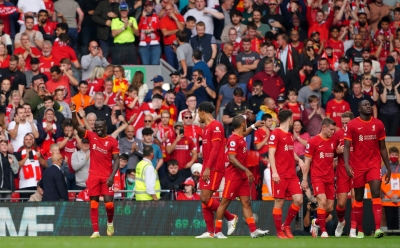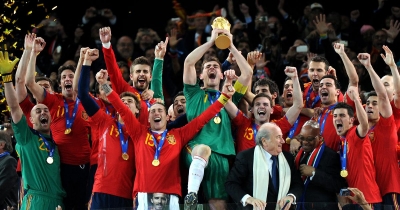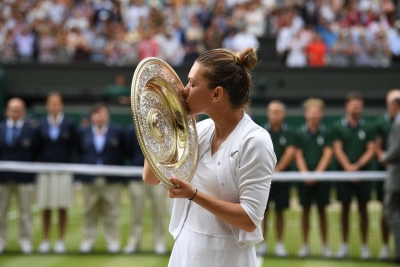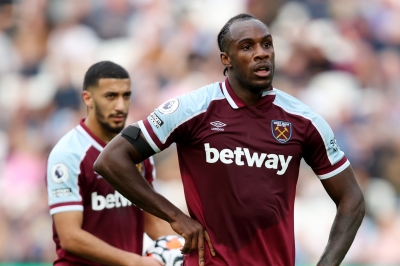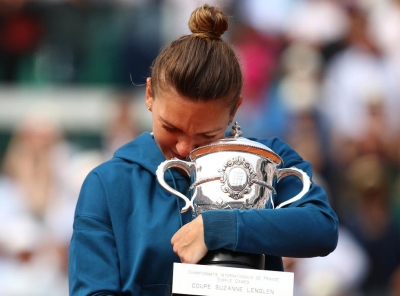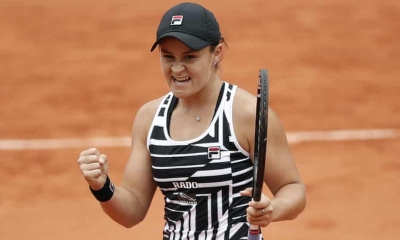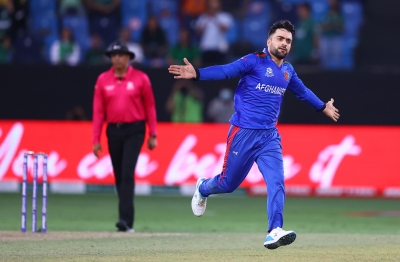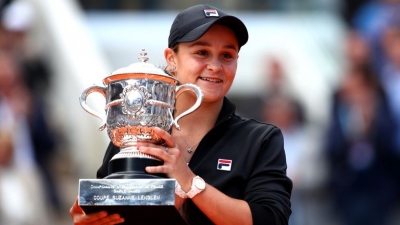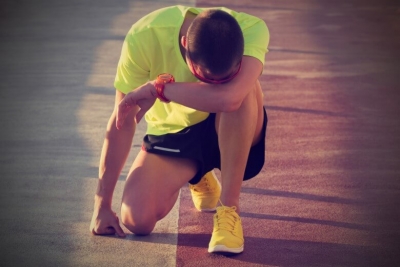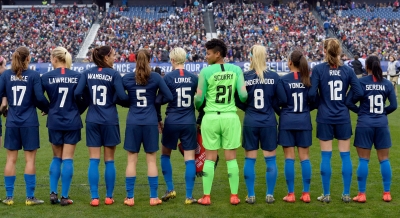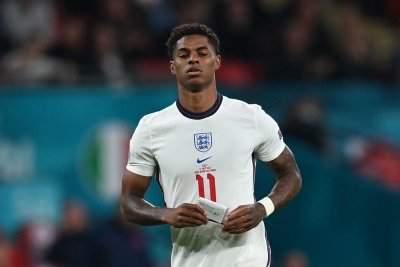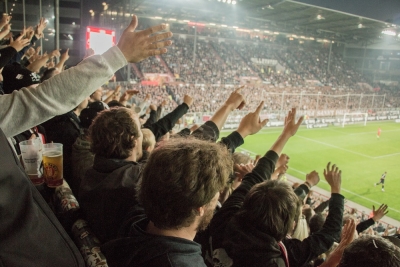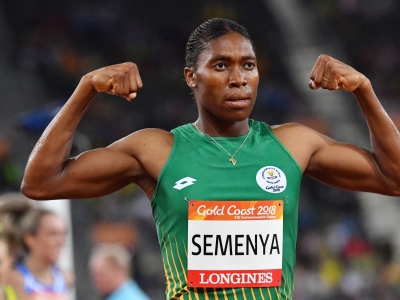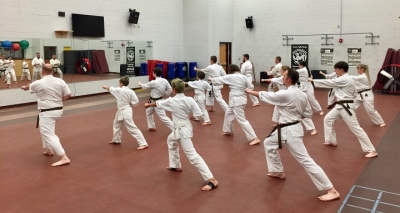Who won the 2010 FIFA World Cup Golden Ball award for being the best player of the tournament?
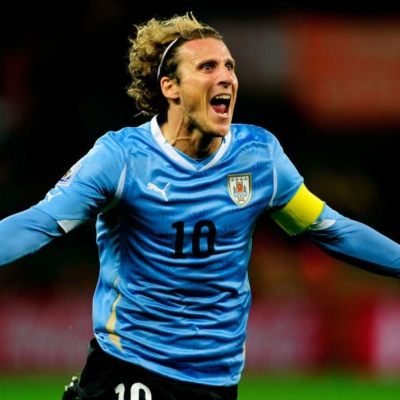
Uruguay striker Diego Forlan has been awarded the Golden Ball as the World Cup’s best player, and Germany forward Thomas Mueller won the Golden Boot as the tournament’s top scorer with five goals.
Forlan was voted the most outstanding player of the tournament by accredited media after leading his team to the semi-finals.
The 20-year-old Mueller, who helped Germany take third place with his five goals and three assists, also won the Best Young Player award. Forlan, Spain striker David Villa and Netherlands playmaker Wesley Sneijder also scored five times but each had one assist. Villa and Sneijder both failed to score in Sunday’s final, won 1-0 by Spain.
He became the 2010 World Cup's joint leading scorer with a spectacular volley on Saturday before striking the bar from a free-kick in the dying moments of Germany's 3-2 victory.
Forlan's tally of five goals left him level with Sneijder, Villa and Thomas Muller, but the German forward claimed the Golden Boot award because he racked up a higher number of assists (three) than the others.
Muller, 20, who was instrumental in Germany's 4-1 demolition of England and the 4-0 thrashing of Argentina, was also voted the tournament's best young player.
He was suspended for the semifinal as Germany lost 1-0 to Spain but returned to score his fifth goal of the competition in the third-place playoff.
As well as the World Cup trophy, Spain will also fly home on Monday with the FIFA Fair Play Award after collecting only eight yellow cards in the tournament.
Spain's Iker Casillas was awarded the Golden Glove prize for the best goalkeeper after conceding just two goals in the tournament.
Picture Credit : Google
